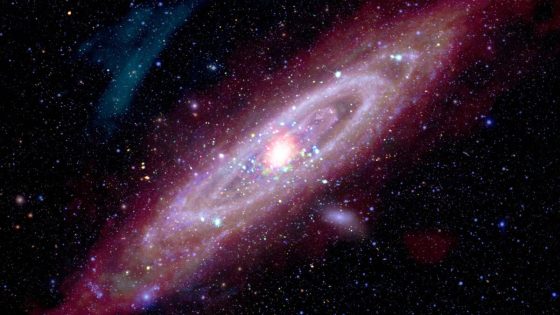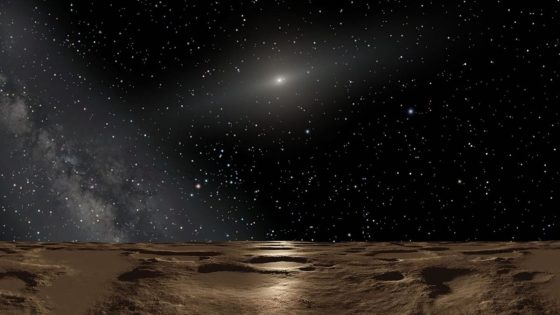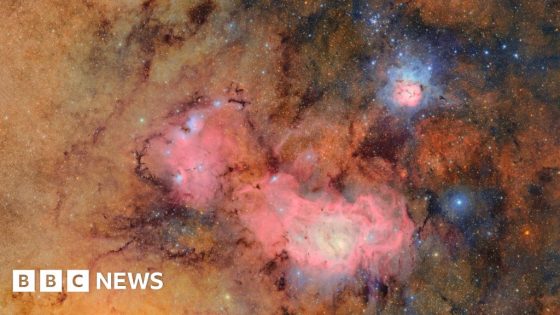Andromeda, our closest galactic neighbor, lies 2.5 million light-years away from the Milky Way. A stunning new composite image showcases Andromeda in five different wavelengths of light, offering fresh insights into its structure and dynamics.
- Andromeda is 2.5 million light-years away.
- Composite image shows five wavelengths of light.
- X-ray data reveals supermassive black hole.
- Andromeda expected to merge with Milky Way.
- Multi-wavelength data converted into sound.
- Tribute to astronomer Vera Rubin's discoveries.
This remarkable visualization, released on 2025-06-26 23:15:00, combines data from various telescopes, revealing everything from glowing dust to star clusters. By observing different parts of the electromagnetic spectrum, astronomers can explore the cosmos in unprecedented detail.
What does this mean for our understanding of galactic evolution? The new data not only showcases the beauty of Andromeda but also raises questions about its future interaction with the Milky Way. Key points include:
- Andromeda is twice the size of the Milky Way.
- The two galaxies are on a collision course, expected to merge in about 4.5 billion years.
- Multi-wavelength data allows for a richer understanding of galactic structures.
- Sound data from Andromeda reveals a unique auditory representation of its cosmic features.
As we continue to explore the cosmos, advancements in imaging technology will undoubtedly deepen our understanding of galactic interactions and the mysteries of dark matter.

































